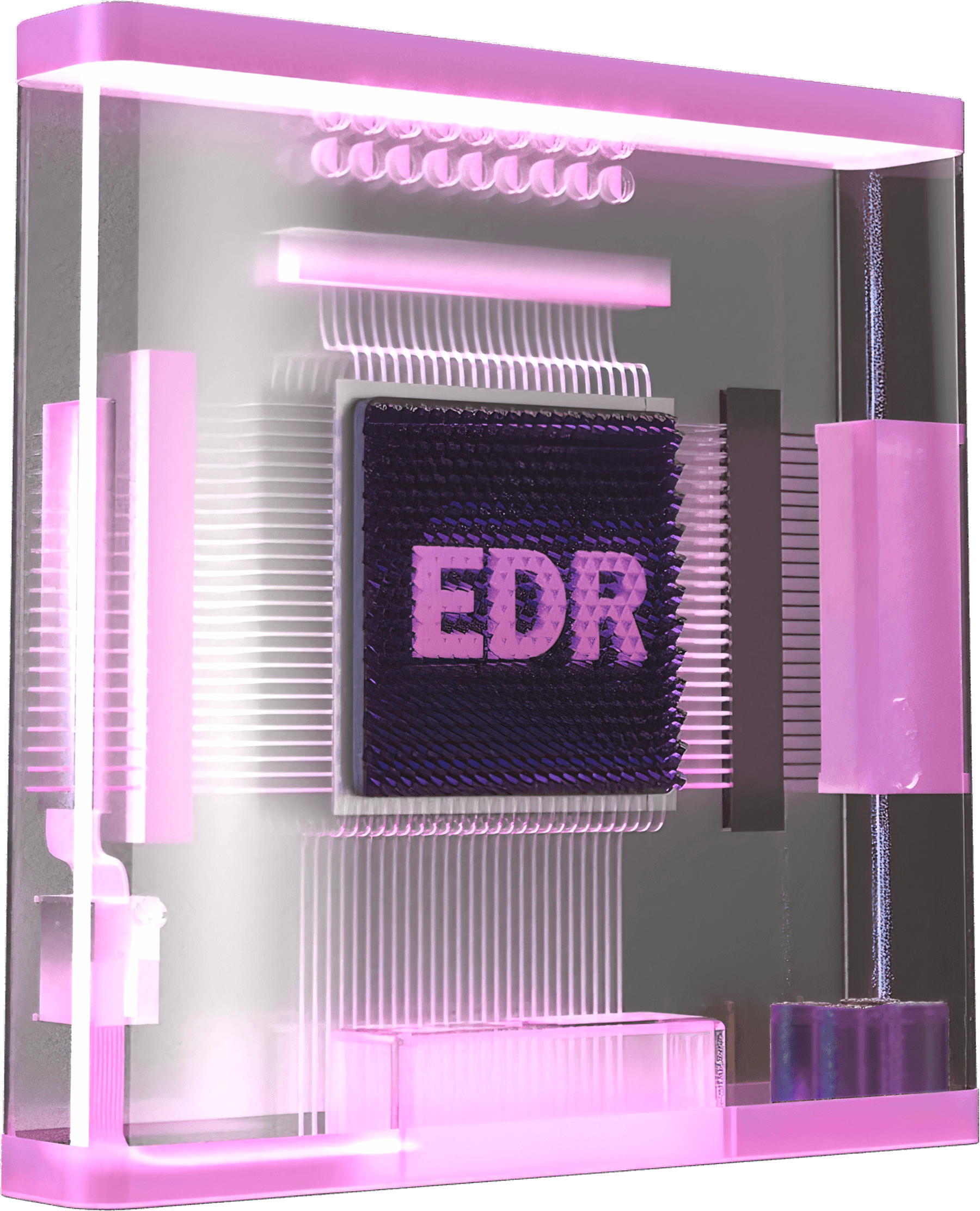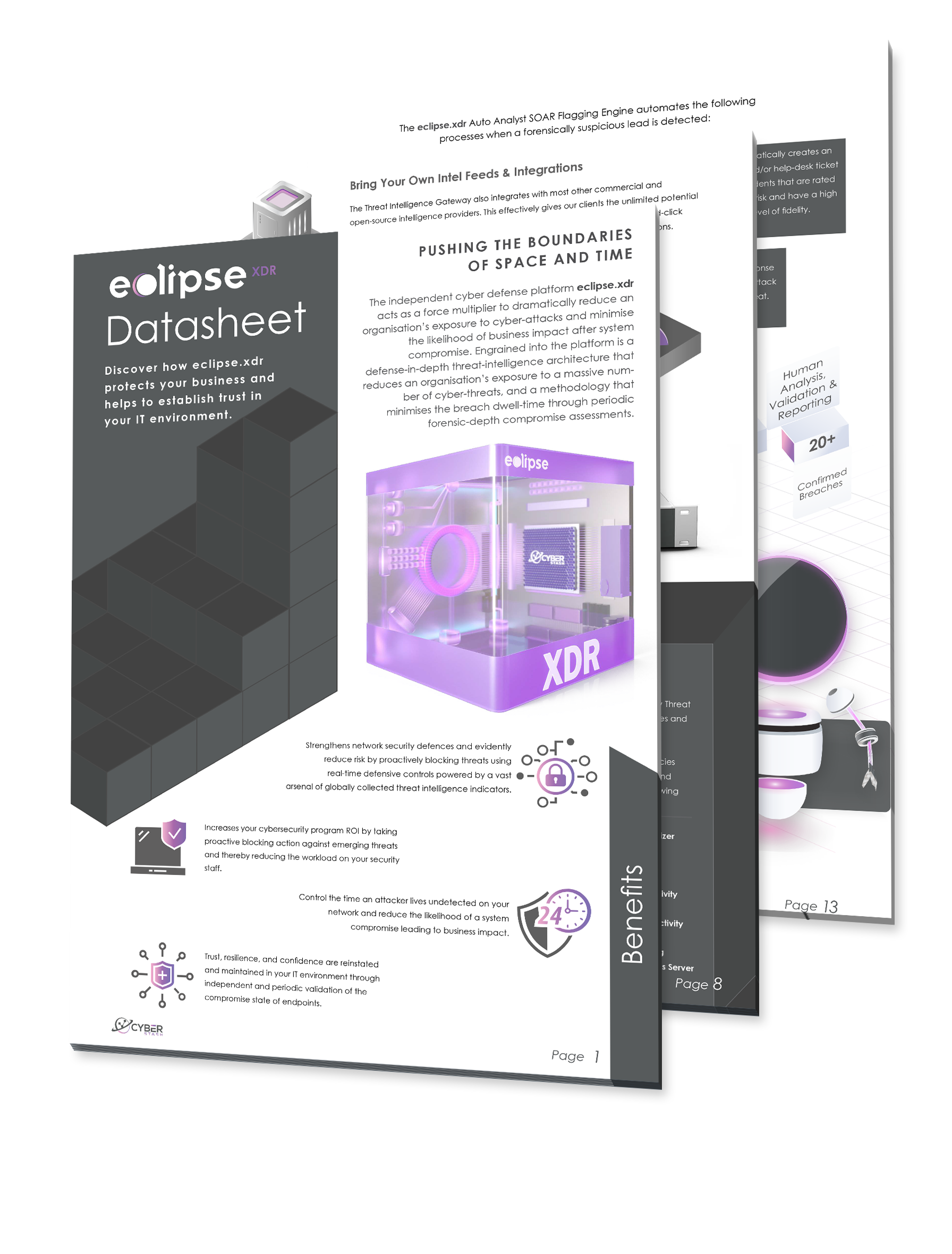Endpoint Detection and Response
Your essential post-breach strategy for detecting systems already compromised by attacks that are too sophisticated for your existing security controls to catch.

Collection
Forensic Depth Analysis
Enrichment
Conclusive Validation
CyberStash establishes trust in an IT environment by carrying out 15 steps.
The process we follow is akin to that of a highly trained digital forensic analyst, however, we deliver our deep-level analysis at scale through automated host-level surveys before augmenting and enriching what we’ve discovered.
When delivered as a Managed Detection and Response (MDR) service, our security analysts then go over the endpoint meticulously to flag every operating system component as Verified Good, For Review, Potentially Unwanted or Verified Bad.
We maintain a memory of these decisions and then work on all the net-new forensic leads we discover on subsequent assessments, thus enabling us to deliver a feasible and scalable service to any size enterprise.
Finding Code in Memory
Discovering malicious code in memory requires forensic level analysis, and CyberStash achieves this through the 5-step process illustrated below
Human Analysis software mapping
Operating under the evolutionary principle that all software, whether legitimate or malicious, is used previously by another organization, our service leverages human analysis to identify new forms of malware by reverse engineering unknown files that behave suspiciously.
This Process Allows Cyberstash to:
Further validate and enrich discovery
Ultimately classify & attribute a file to a risk
Unknown File
We upload files that are flagged as forensically bad or suspicious to the CyberStash Cloud
Extraction
We use a machine-code decompiler to perform platform-independent analysis of executable files.
Human Analysis
Our security analysists go to enough forensic depth to determine whether the file is malicious.
Identification
We apply threat enrichment for ultimate recognition of even the most sophisticated APTs.
Elevate Your Security with Endpoint Detection and Response
In today’s interconnected world, safeguarding your endpoints is crucial for maintaining robust cybersecurity. At CyberStash, our Endpoint Detection and Response (EDR) services in Australia offer advanced protection against sophisticated threats targeting your organization. Our solutions provide real-time monitoring, threat detection, and rapid response to ensure your endpoints remain secure.
But our expertise doesn’t stop at Australia. Our EDR solutions extend globally, delivering top-tier protection to businesses worldwide. Whether you’re seeking Endpoint Detection and Response (EDR) services in Australia or need comprehensive solutions across international borders, CyberStash is dedicated to providing you with cutting-edge technology and unmatched support. Our global reach ensures that your endpoints are protected, no matter where your operations are based.
By choosing CyberStash, you’re partnering with a leader in cybersecurity that offers localized expertise with a global perspective, delivering exceptional EDR protection tailored to your specific needs.
